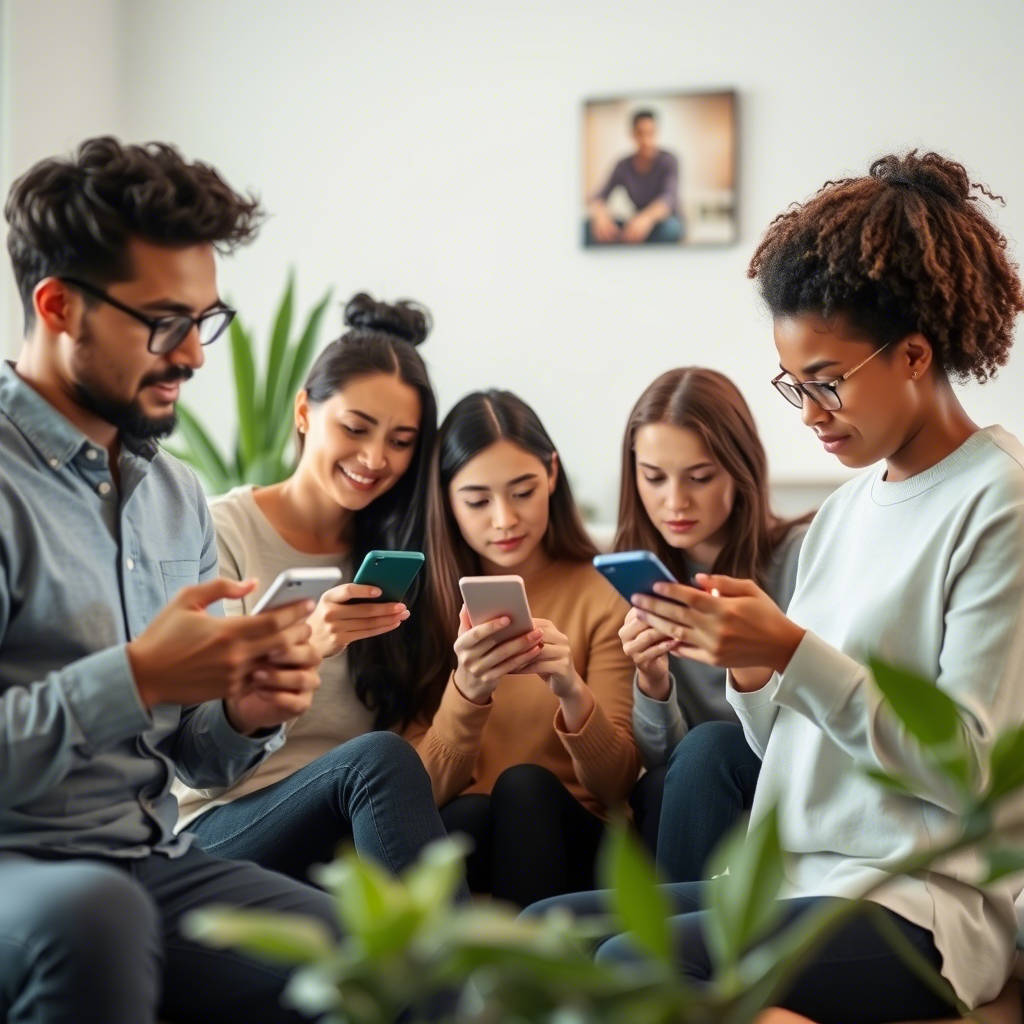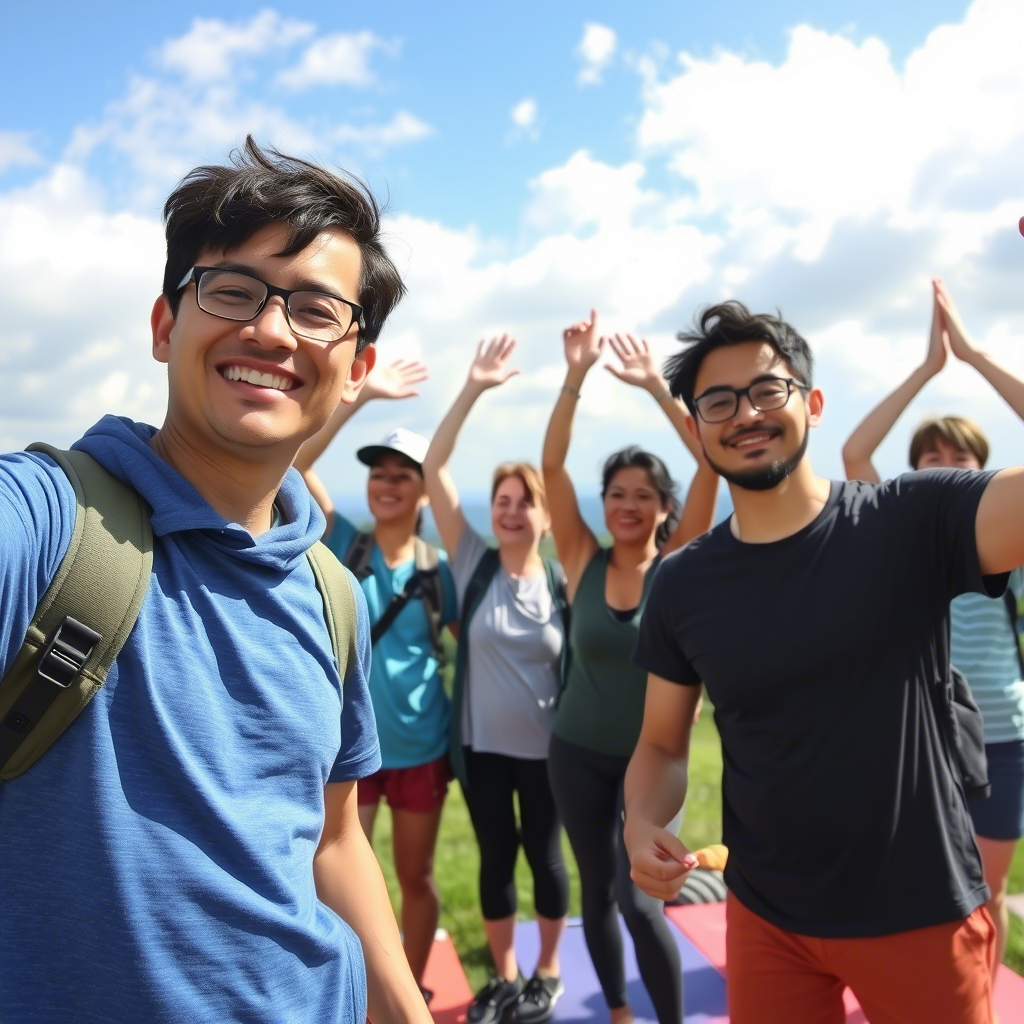Imagine waking up to a world where everyone’s life is a highlight reel—mental health and social media are perfect bodies, dream vacations, viral achievements—while yours feels like a blooper reel. This is the paradox of social media: a tool designed to connect us often leaves us feeling lonelier, more anxious, and less “enough.”
Globally, the average person spends 2.5 hours daily scrolling through feeds, chasing dopamine hits from likes and shares. But beneath the filters and hashtags lies a silent crisis: studies link heavy social media use to skyrocketing rates of anxiety, depression, and body dysmorphia, especially among teens and young adults. Yet, quitting cold turkey isn’t the answer either. For many, these platforms are lifelines for community, creativity, and even activism.
Read Also: Long Covid
This article isn’t about demonizing Instagram or worshipping digital detoxes. It’s a balanced exploration of how social media shapes our minds, hearts, and self-worth—and how to reclaim control. Let’s dive into the algorithms, the angst, and the antidotes.
The Double-Edged Sword of Social Media
Connection vs. Comparison: The Mental Health Tightrope
Social media’s greatest promise—connection—is also its sharpest thorn. Platforms like TikTok and Facebook can:
- Unite marginalized communities (e.g., LGBTQ+ support groups, mental health advocates).
- Amplify loneliness through curated perfection (see: “Instagram vs. Reality” trends).
A 2023 American Psychological Association report found that 60% of teens feel “not good enough” after scrolling, while 34% credit social media with helping them feel understood.
How Social Media Rewires Our Brains
1. The Dopamine Trap
Every like, comment, or follow triggers a dopamine rush—the same chemical released during gambling or eating chocolate. Over time, this conditions the brain to crave validation online, reducing satisfaction in offline moments.
2. Comparison Culture: Thief of Joy
Scrolling through filtered realities fuels social comparison theory—the habit of measuring self-worth against others. This breeds:
- Body image issues: 70% of women aged 18–30 report feeling worse about their bodies after using Instagram (National Eating Disorders Association).
- Fear of Missing Out (FOMO): Seeing friends at parties or promotions can trigger anxiety and inadequacy.
3. Cyberbullying & Digital Shadows
For 1 in 5 teens, social media isn’t just stressful—it’s traumatic. Cyberbullying, anonymous hate, and cancel culture leave lasting scars, with victims facing 2x higher risks of self-harm (Journal of Adolescent Health).
4. Sleep Sabotage
Late-night scrolling disrupts circadian rhythms. The blue light from screens suppresses melatonin, the sleep hormone, while anxiety-inducing content keeps minds racing.
Myths About Social Media and Mental Health
Myth 1: “Quitting Social Media Will Solve Everything”
Truth: While reducing screen time helps, isolation isn’t the answer. Many find support in online communities. Balance is key.
Myth 2: “It’s All Gen Z’s Fault”
Truth: Adults are just as vulnerable. Middle-aged users report rising rates of “Facebook envy” and marital strain from excessive use.
Myth 3: “Social Media is Inherently Toxic”
Truth: Algorithms reflect user behavior. Follow educators, artists, and activists, and your feed becomes a classroom, not a competition.
Reclaiming Your Mental Health: Strategies for a Healthier Digital Life
1. Audit Your Feed (Marie Kondo Style)
- Unfollow accounts that spark jealousy (fitness influencers, luxury travelers).
- Follow body-positive creators, mental health advocates, and hobbyists (e.g., @themattiverse, @nedratawwab).
- Mute triggering keywords: “diet,” “perfect relationship,” “hustle culture.”
2. Practice Mindful Scrolling
- Set a “Why?” rule: Before opening an app, ask, “Am I here to connect or distract?”
- Use app timers: Limit Instagram/TikTok to 30 minutes daily.
3. Create “No-Phone Zones”
- Mealtimes, bedrooms, and time with loved ones. Reclaim moments for presence.
4. Replace Doomscrolling with Joy Scrolling
- Curate a “Happy List”: Bookmark accounts that inspire creativity or laughter (e.g., animal rescues, art tutorials).
- Engage meaningfully: Comment thoughtfully instead of passive lurking.
5. Digital Detoxes (That Don’t Feel Like Punishment)
- Try a “Screen Sabbath”: One day a week offline. Hike, read, or cook.
- Delete apps temporarily: Notice how your mood shifts.
The Role of Platforms and Policy
What Social Media Companies Can Do
- Ban weight-loss ads for under-18s (as Instagram and Pinterest have started).
- Add “Breathing Breaks”: Pop-up reminders to stretch or hydrate.
- Algorithm transparency: Let users choose “chronological feed” over engagement-driven content.
What Schools and Parents Can Do
- Teach digital literacy: How to spot fake news, manage screen time, and build self-esteem offline.
- Model healthy habits: Kids mimic parents’ phone use.
FAQs About Social Media & Mental Health
Q: How much social media use is “healthy”?
A: There’s no magic number. If it interferes with sleep, work, or relationships, it’s time to cut back.
Q: Can social media cause anxiety disorders?
A: It can exacerbate existing anxiety. Studies show a correlation—not causation—between heavy use and mental health decline.
Q: Are some platforms worse than others?
A: Yes. Image-heavy apps (Instagram, TikTok) tend to harm body image more than text-based ones (Twitter, Reddit).
Q: How do I support a loved one struggling with social media addiction?
A: Avoid shaming. Suggest activities they enjoy offline, like cooking or sports. Recommend therapy if needed.
Q: Can social media ever improve mental health?
A: Absolutely! Mental health advocates like @morganharpernichols or @theholisticpsychologist use platforms to share coping tools and reduce stigma.
Conclusion
Social media isn’t the villain—it’s a mirror reflecting our best and worst selves. The key is to wield it with intention, not let it wield you. You wouldn’t let a stranger dictate your worth at a party; why let an algorithm do it online?
Start small. Unfollow one account that makes you frown. Charge your phone outside the bedroom. Celebrate small wins: A 10-minute scroll instead of 60. Remember, your value isn’t measured in followers or likes, but in the moments you feel truly alive—offline and on.
As author Jon Kabat-Zinn said, “You can’t stop the waves, but you can learn to surf.” So, put down the phone, take a deep breath, and surf the waves of life—not the feed.



Pingback: Home Workout - Mental Health Stigma